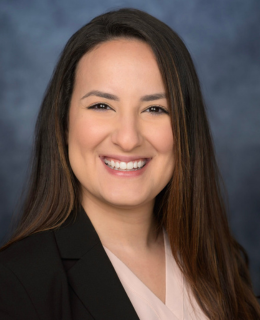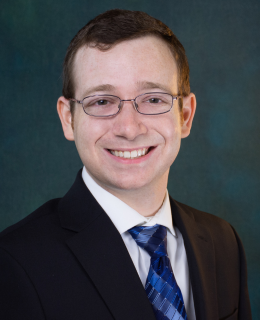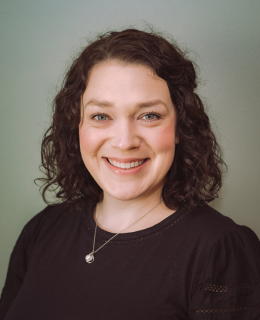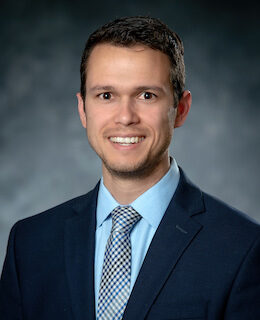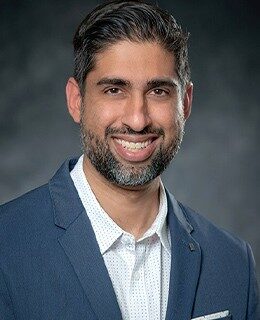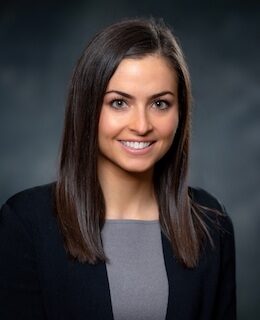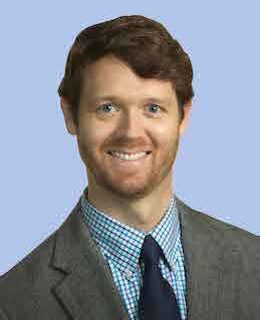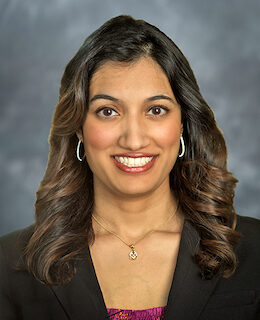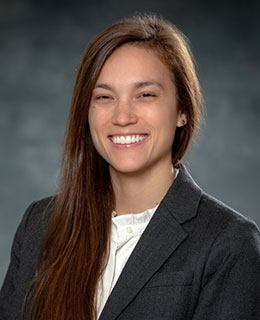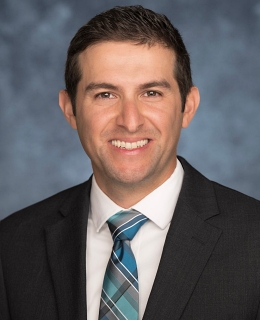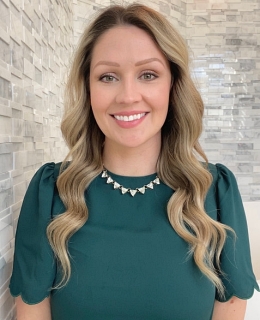
Myopia (Nearsightedness)
Myopia, also known as nearsightedness or shortsightedness, is a condition of the eyes in which nearby objects are clear and distant objects appear blurred. Almost a third of people in the United States experience some degree of nearsightedness.

Causes of Myopia
The curve of the cornea, the clear covering of the eye, refracts (bends) light, directing it to the retina, the back surface of the eye. When the corneal curvature is abnormal, or the shape of the eye is abnormally oblong, rather than round, it is more difficult for the eyes to focus light directly onto the retina. Instead, for patients with myopia, the focus is in front of the retina. This results in blurred vision.
There is a hereditary component to nearsightedness and individuals with a family history of the disorder are more likely to develop it. Though a small percentage of people with myopia develop a form of retinal degeneration, the great majority of nearsighted individuals have otherwise healthy eyes.
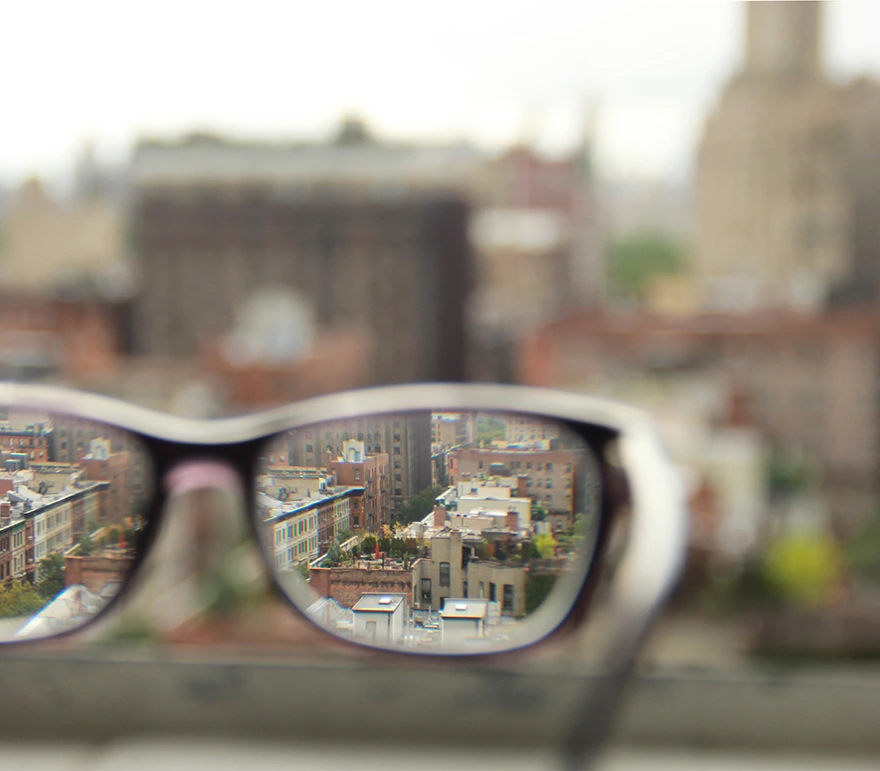
Symptoms of Myopia
There are several symptoms of myopia. These include:
- Difficulty seeing distant objects clearly
- Squinting
- Eyestrain
- Fatigue
- Excessive blinking
- Headaches
Nearsightedness most often presents when children begin school and have difficulty focusing on the blackboard and may rub their eyes frequently. It may also becomes evident during adolescence. Nearsightedness commonly worsens for a period of years, requiring periodic changes to stronger corrective lenses, and then stabilizes in the early twenties.
Diagnosis of Myopia
In diagnosing myopia, a comprehensive eye examination is normally performed. Two eye charts are normally used during a complete eye exam: the Jaeger and the Snellen. The Jaeger eye chart, which tests for ability to read closely, presents no problem for a nearsighted individual, but the Snellen eye chart, used to test distance reading will be troublesome for anyone who is nearsighted.
Other tests performed during a full eye examination may include many or all of the following:
- Visual acuity
- Refraction
- Retinal exam
- Slit-lamp examination
- Tonometry (for eye pressure)
The refraction test, performed with a phoropter, tests the patient’s vision precisely using a variety of lenses. This is done to make sure that the correct lenses are prescribed.
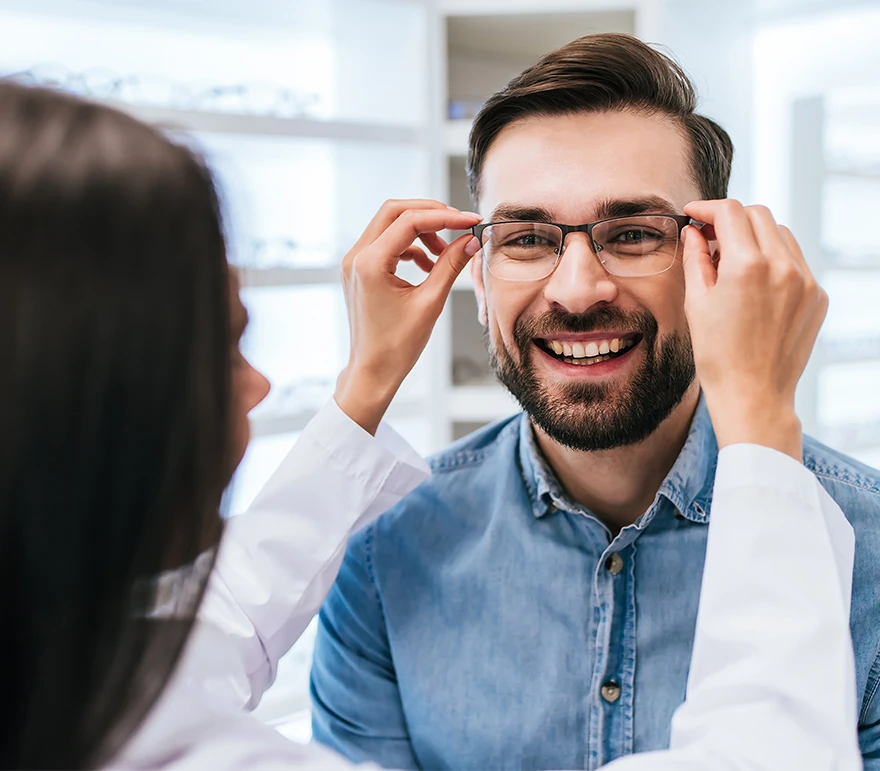
Treatment of Myopia
Myopia is typically a common and easily treated visual disturbance. Patients are prescribed corrective lenses, eyeglasses or contact lenses, either of which shift the focus of light directly onto the retina so that a clearer image is perceived. Depending on the patient’s vision, corrective lenses will have to be worn during all waking hours, or only for certain activities, such as driving.
It is also possible to have surgery to correct myopia, which, in many cases, negates the need for corrective lenses. The most common surgical procedure performed to correct myopia is LASIK, during which an excimer laser is used to reshape the cornea.
Schedule an Appointment
Contact us to schedule an appointment.
The doctors at Cincinnati Eye Institute have either authored or reviewed the content on this site.





